Stress can feel like a storm, tossing you between worry and exhaustion. But what if you could not just survive it, but thrive in stress? That’s the power of emotional resilience, your toolkit to stay calm, focused, and empowered no matter the challenge. If you’ve ever felt overwhelmed, snapping at loved ones or doubting yourself, you’re not alone.
Stress can dim your spark, but emotional resilience lights the way to thrive in stress. This guide is your plan to build emotional resilience, blending brain science with five practical strategies to conquer stress and shine. Ready to build success with mental discipline for success? Let’s unlock your resilience and transform stress into strength!
Rising Above Stress
Life’s pressures—work deadlines, family demands, or unexpected setbacks—can test your limits, but emotional resilience is your shield to thrive in stress.
Without it, you might feel stuck, spiraling in anxiety or losing your cool. You might notice stress creeping in, like a racing heart or sleepless nights, pulling you off course. Neuroscience shows resilience, driven by prefrontal cortex control, tames stress responses, boosting clarity by 20%.
This toolkit isn’t just coping tips—it’s your guide to mastering emotional resilience, overcoming obstacles, and creating a life of strength. Let’s start building emotional resilience to thrive in stress!
⚠️ The Hidden Toll: Negative Effects of Stress
Chronic stress weakens focus, memory, and decision-making—making it harder to solve problems or think clearly.
Stress can contribute to heart disease, high blood pressure, weakened immunity, and digestive problems.
Feeling constantly overwhelmed leads to anxiety, irritability, and even depression if not addressed in time.
Stress disrupts sleep cycles, causing insomnia or restless nights—further impacting mood and performance.
Persistent stress leads to burnout, decreased motivation, and low energy—diminishing personal and professional performance.
Irritability, withdrawal, or miscommunication under stress can create conflict and emotional distance with others.
What Is Emotional Resilience?
Emotional resilience is your ability to adapt and bounce back from stress, staying balanced and hopeful even in tough times.
It’s not about avoiding stress but navigating it with strength, like a tree bending but not breaking in a storm. Neuroscience reveals emotional resilience strengthens the prefrontal cortex, improving emotional regulation by 15%, while reducing amygdala-driven stress.
You might face a work crisis but stay calm, focusing on solutions. Emotional resilience helps you thrive in stress, fostering better relationships and personal growth with mental agility to success in every challenge.
Why Resilience Matters for Stress
Emotional resilience is your lifeline to thrive in stress, turning chaos into opportunity. Without it, stress can overwhelm you—clouding decisions, straining bonds, or sapping energy. Neuroscience shows resilience lowers cortisol levels, reducing stress impact by 25%, while dopamine fuels motivation.
In real life, emotional resilience means handling a tough day with grace, like calming a conflict or tackling a deadline. It’s the difference between surviving and thriving, making emotional resilience a cornerstone of personal change with mental discipline for success, ensuring you stay strong and focused no matter what.
How to Build Resilience
Ready to boost emotional resilience? Below are five core strategies to cultivate resilience, each backed by neuroscience to help you thrive in stress. These are your tools to stay grounded, adapt, and grow stronger with every challenge.
Strategy 1: Practice Mindful Breathing
Mindful breathing calms the amygdala, boosting emotional resilience by lowering stress hormones. It anchors you to thrive in stress with clarity and calm.
- Practice 4-4-4 breathing (inhale 4, hold 4, exhale 4) for 2 minutes daily.
- Use during stress, like before a meeting, to stay centered.
- Track weekly: “Did breathing help me stay calm?”
Strategy 2: Reframe Negative Thoughts
Reframing negative thoughts—like “I can’t handle this” to “I’m learning”—strengthens emotional resilience by engaging the prefrontal cortex, reducing stress by 20%. It fuels the ability to thrive in stress.
- When stressed, ask, “What’s a positive angle?”
- Write one reframed thought weekly, like “This challenge builds strength.”
- Smile after reframing to spark joy.
Strategy 3: Build a Support Network
Strong connections release oxytocin, enhancing emotional resilience to thrive in stress. A supportive friend or group buffers stress, fostering hope.
- Reach out to one person weekly with a heartfelt message.
- Join a support group monthly, like a hobby club.
- Reflect monthly: “How did support lift me?”
Strategy 4: Set Small, Achievable Goals
Setting small goals—like “Finish one task today”—sparks dopamine, boosting emotional resilience to thrive in stress. It creates a sense of control.
- Set one daily goal, like “Walk 10 minutes.”
- Break a larger goal into 3 steps weekly, like “Plan a project.”
- Celebrate each win to build momentum.
Strategy 5: Practice Self-Care
Self-care—like sleep, exercise, or hobbies—reduces cortisol, strengthening emotional resilience to thrive in stress. It recharges your mental battery.
- Schedule one self-care act daily, like reading for 10 minutes.
- Try a new self-care activity monthly, like yoga.
- Note weekly: “How did self-care boost my mood?”
Overcoming Resilience Blocks
Blocks like overwhelm, negative thinking, or burnout can hinder emotional resilience, making it hard to thrive in stress. You might feel paralyzed by a deadline or stuck in “I’m failing” thoughts, as cortisol spikes disrupt focus. Neuroscience shows high stress impairs prefrontal cortex function, reducing resilience by 15%. To overcome blocks:
- Break Tasks Down: Divide one big task into 3 small steps daily.
- Challenge Negativity: Ask, “Is this thought helpful?” in tough moments.
- Rest Intentionally: Take a 5-minute break hourly during stress.
These steps clear the way for emotional resilience, ensuring you thrive in stress with mental agility to success.
Living with Resilience
Your toolkit is ready—now live emotional resilience with a daily routine to consistently thrive in stress. Neuroscience shows integrated habits boost neural efficiency by 30%, making resilience automatic. Try this routine:
- Morning (5 minutes): Practice mindful breathing and set one small goal.
- Midday (5 minutes): Reframe one negative thought and do a self-care act.
- Evening (5 minutes): Connect with a supporter and journal a win.
- Weekly Boost: Try a new self-care activity and reflect on resilience.
This routine, rooted in mental discipline for success, ensures emotional resilience drives personal change daily.
Your Resilient Future
You’ve built your toolkit, ready to thrive in stress with emotional resilience that transforms challenges into growth. These five strategies—breathing, reframing, support, goals, and self-care—are your keys to a vibrant, unstoppable life. You’re not just coping—you’re shining, inspiring others with your strength.
Resilience FAQ’s
Emotional resilience lowers cortisol, helping you thrive in stress with focus. Try mindful breathing daily to boost calm and clarity.
Overwhelm spikes amygdala activity, blocking emotional resilience. Break tasks into small steps daily to thrive in stress with ease.
Support networks release oxytocin, strengthening emotional resilience to thrive in stress. Connect with one person weekly for a boost.
Yes! Small goals spark dopamine, fueling emotional resilience to thrive in stress. Set one daily goal to build momentum and confidence.
Practice 4-4-4 breathing tonight to spark emotional resilience. Follow the daily routine to thrive in stress with mental discipline for success.


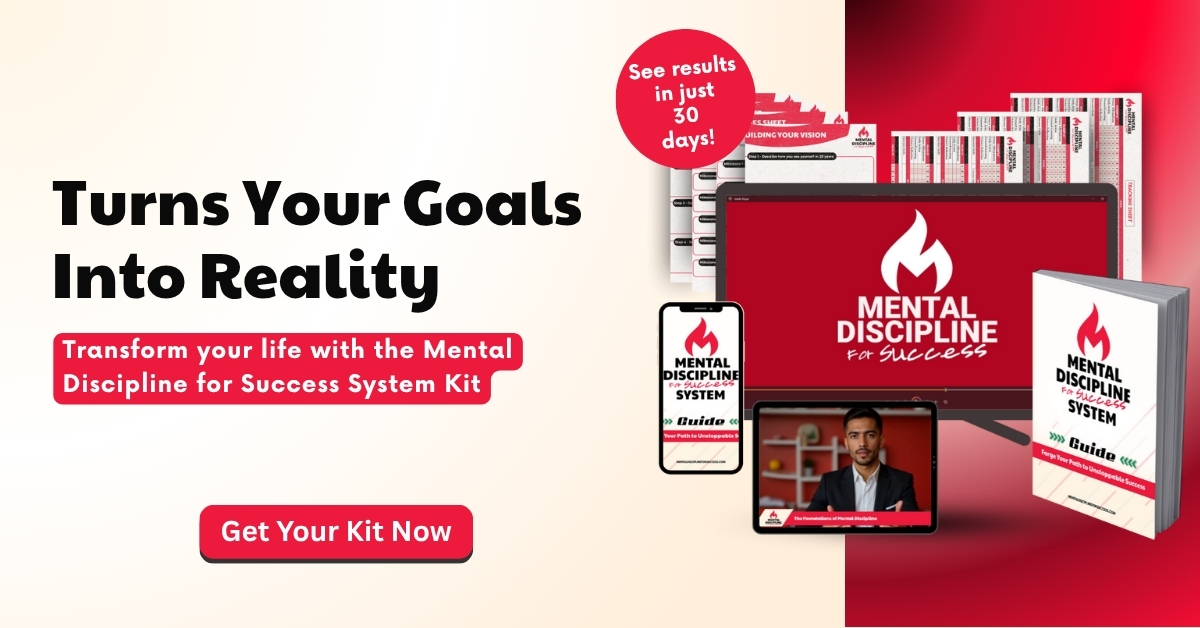
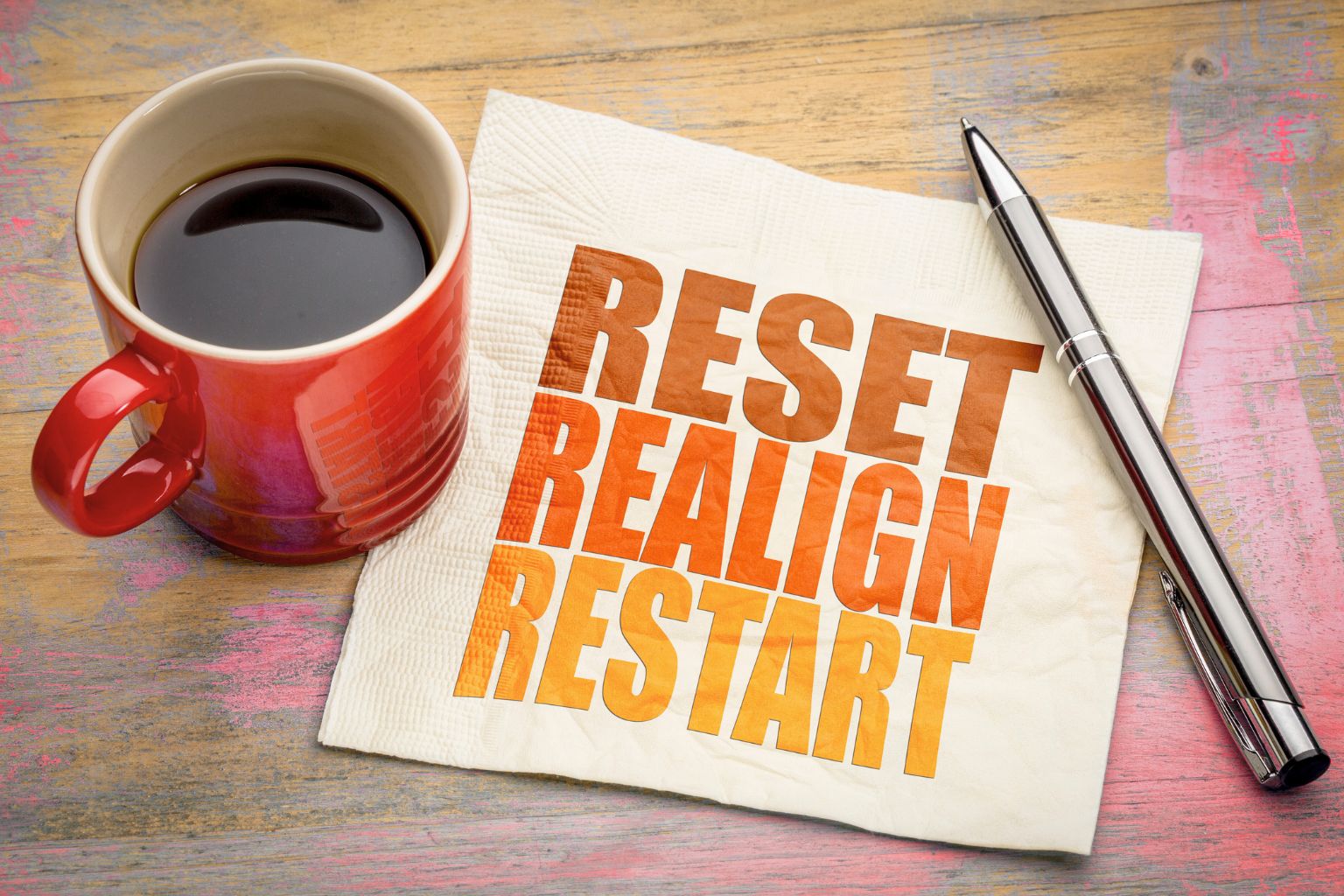
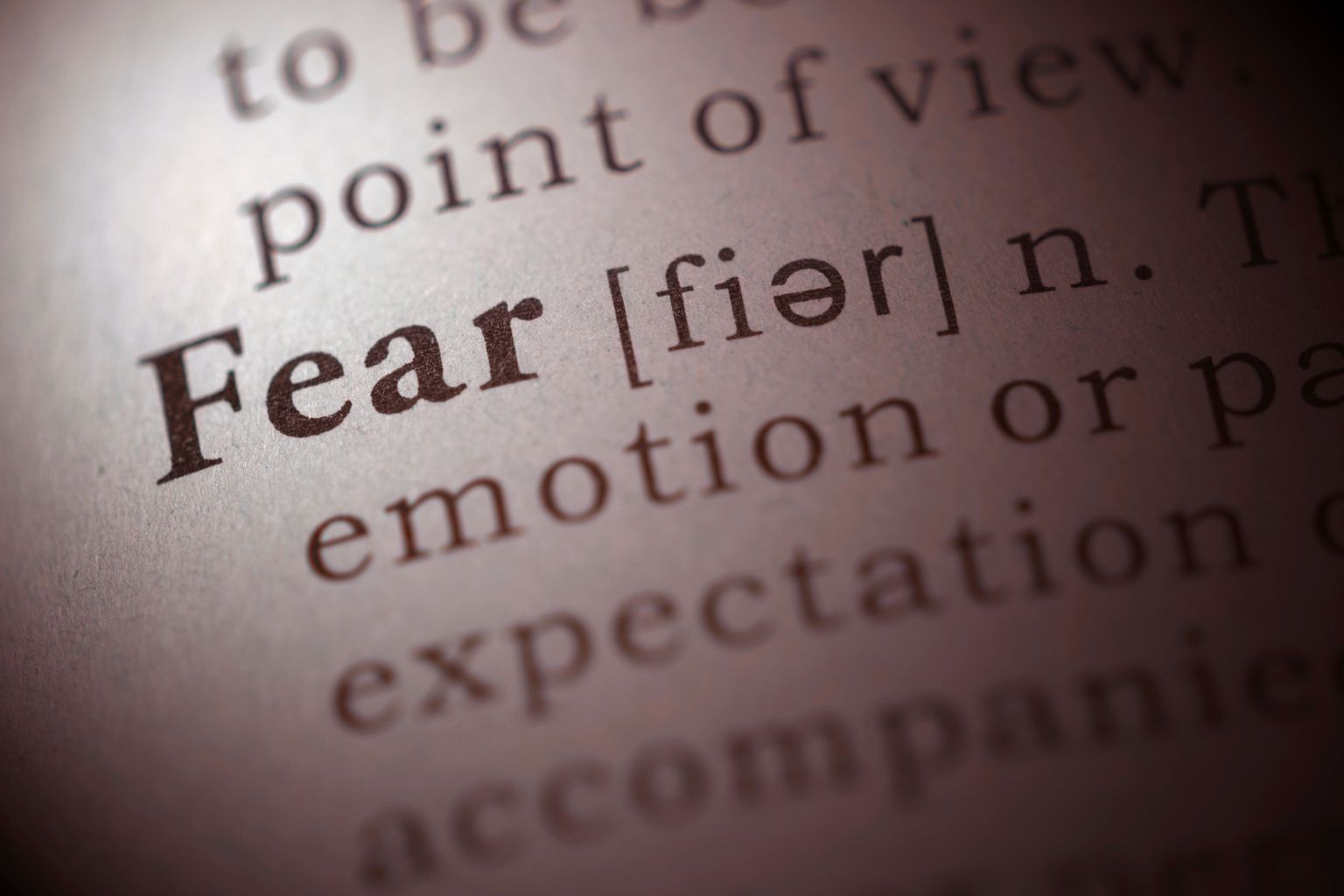
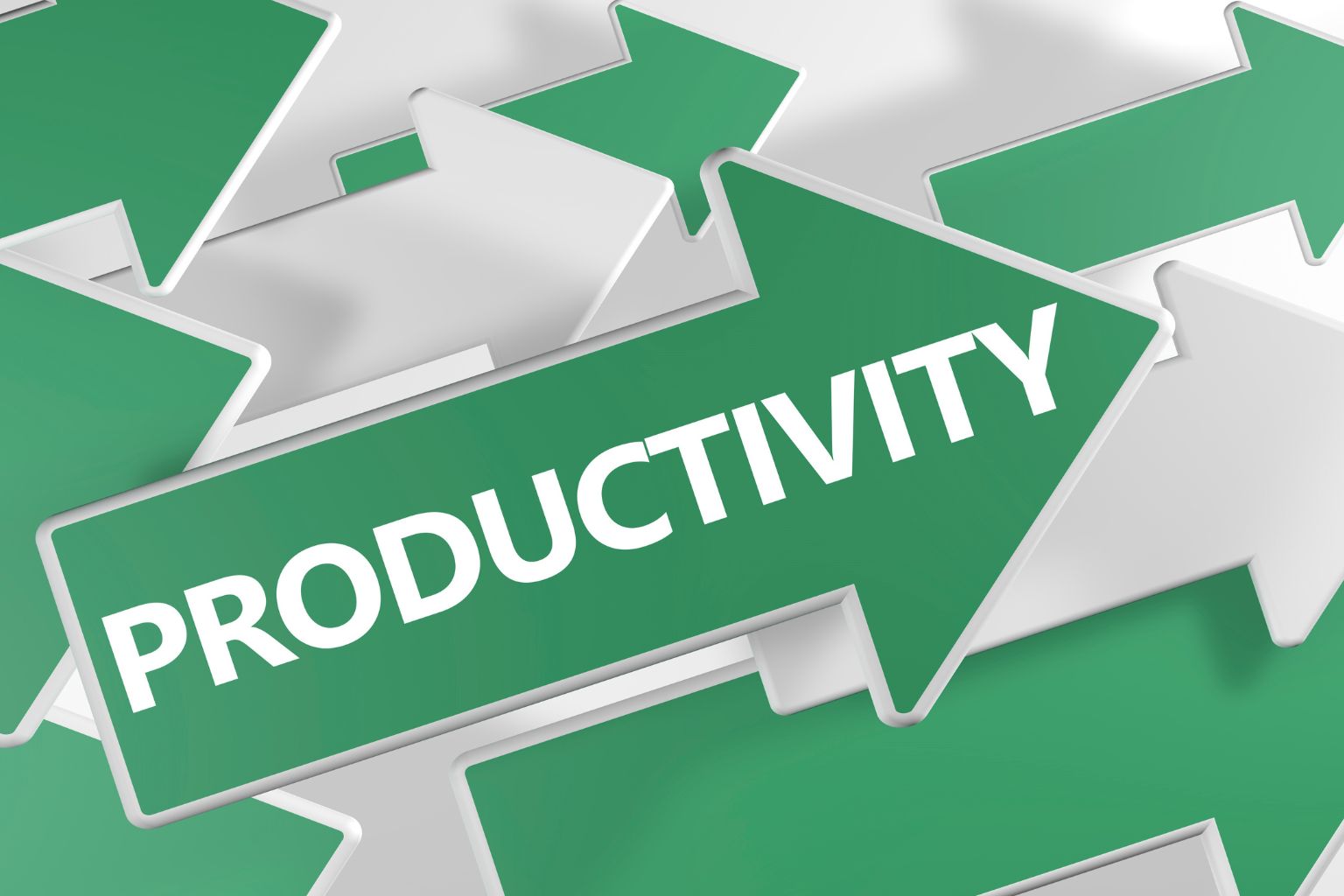
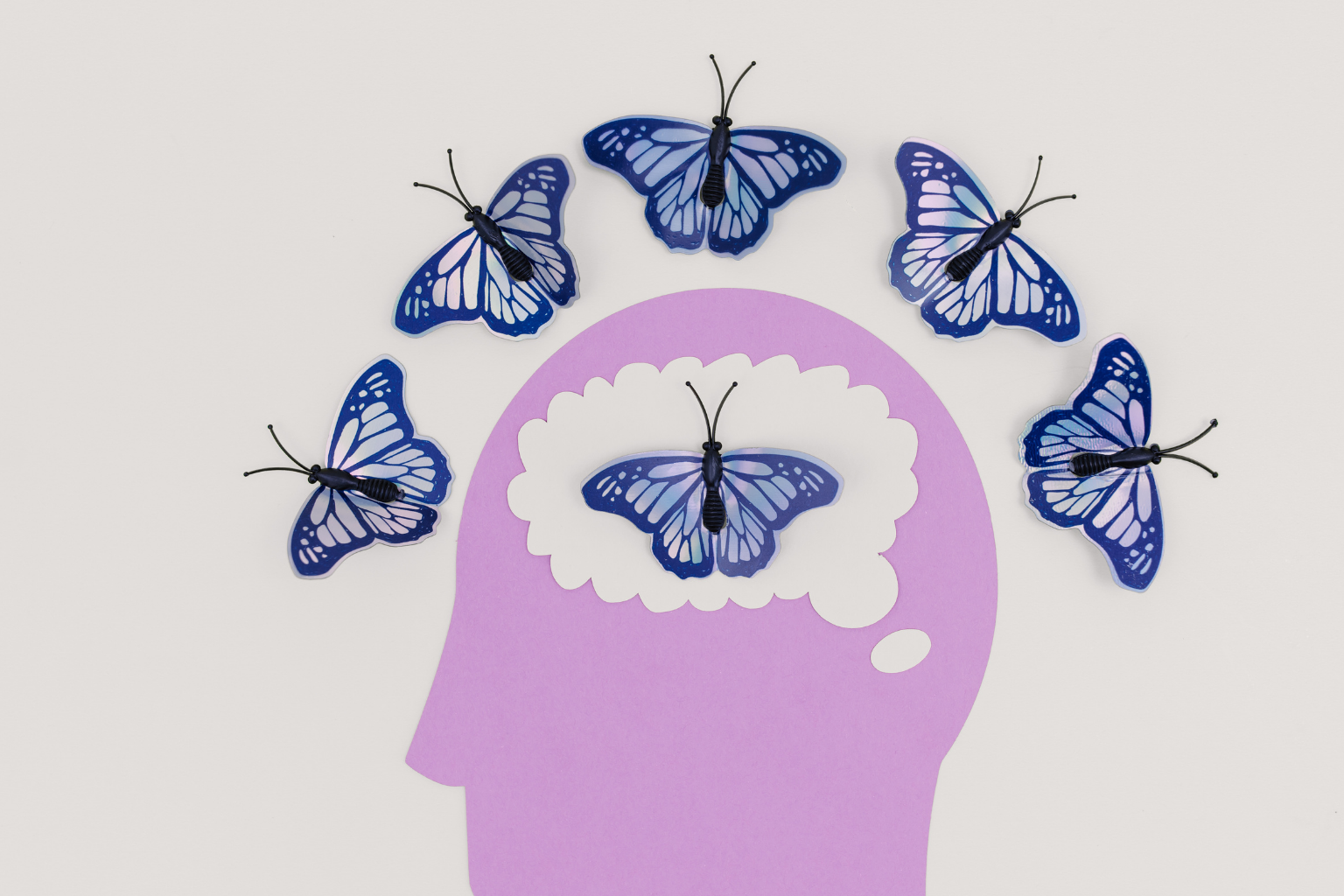
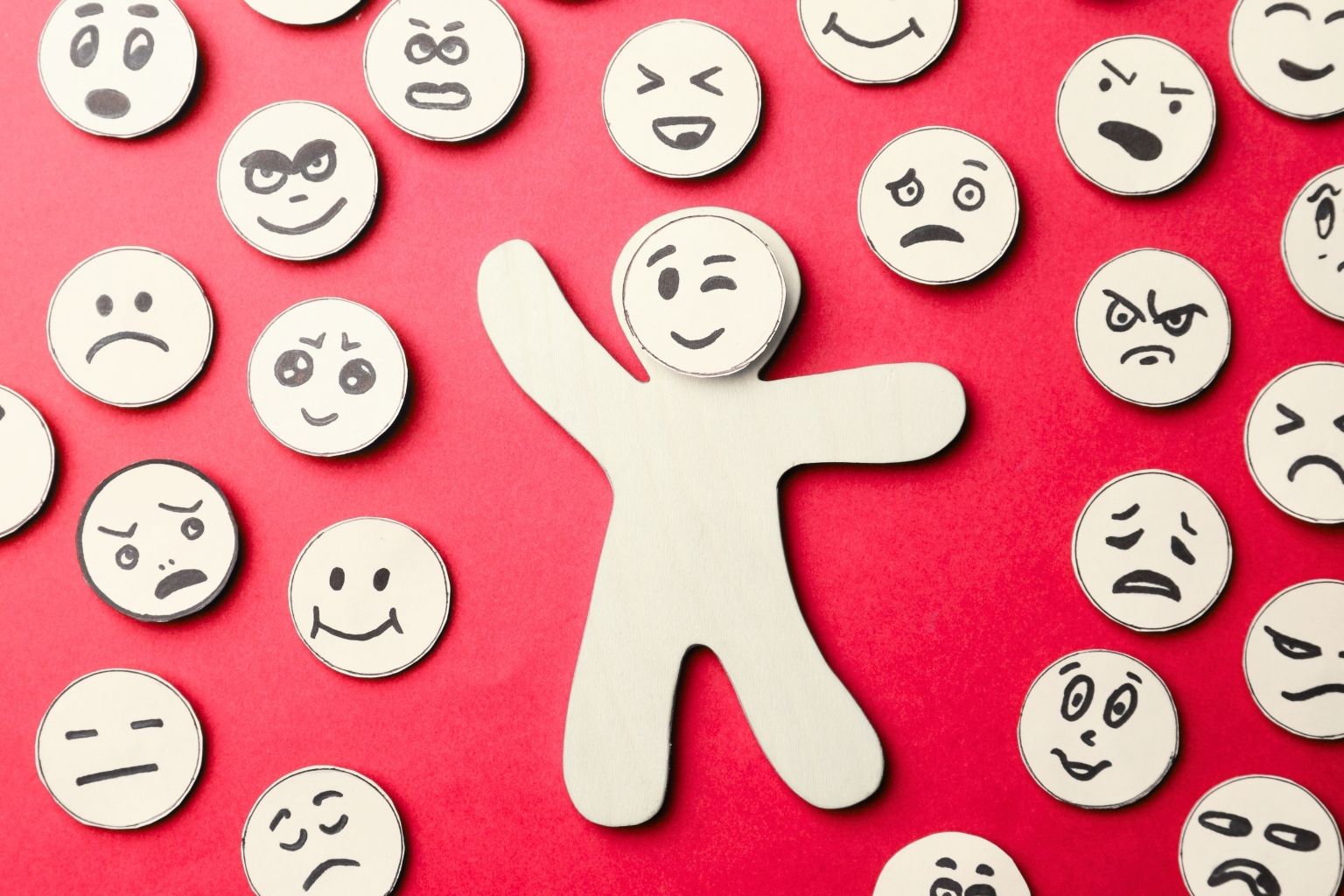
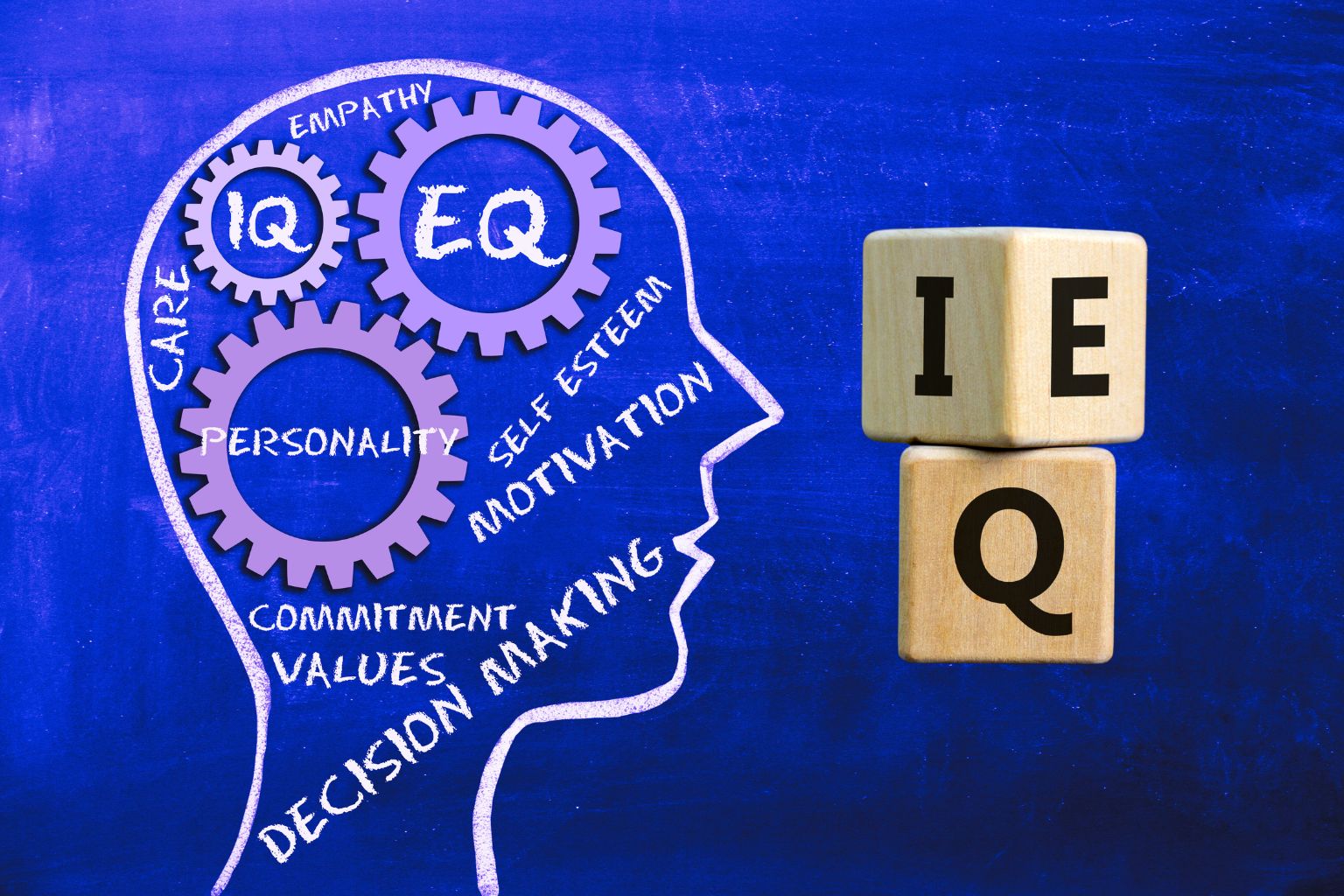

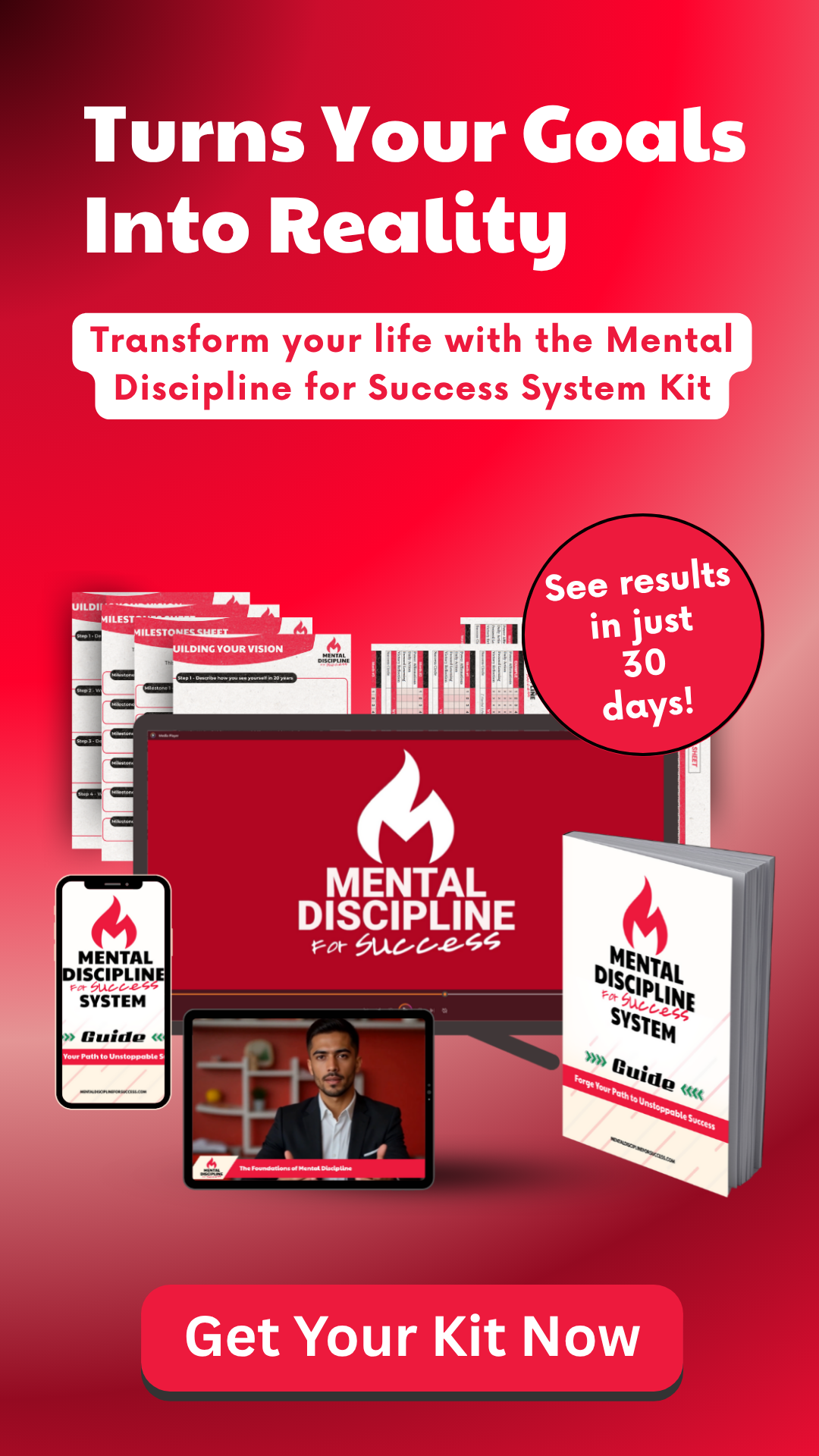
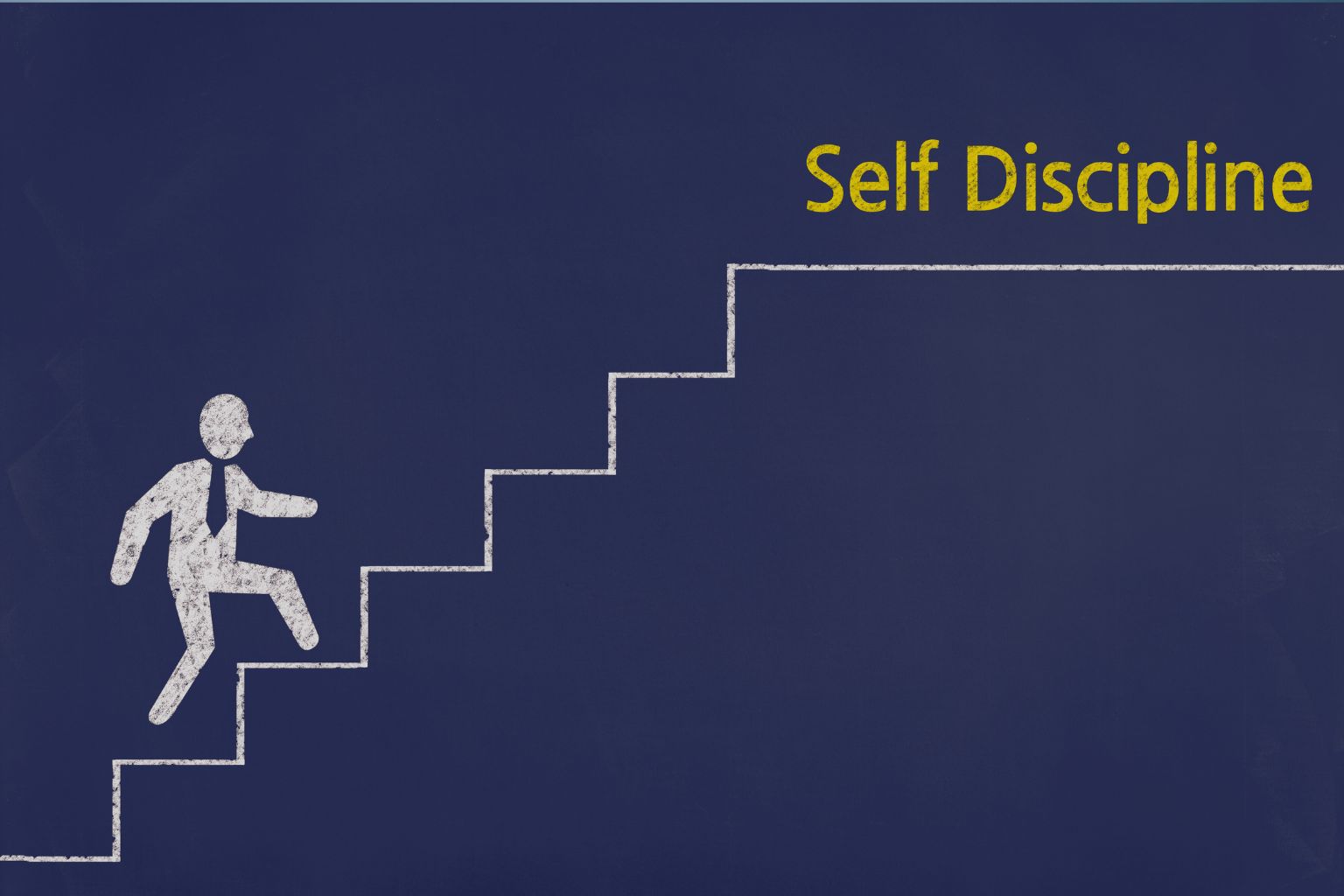

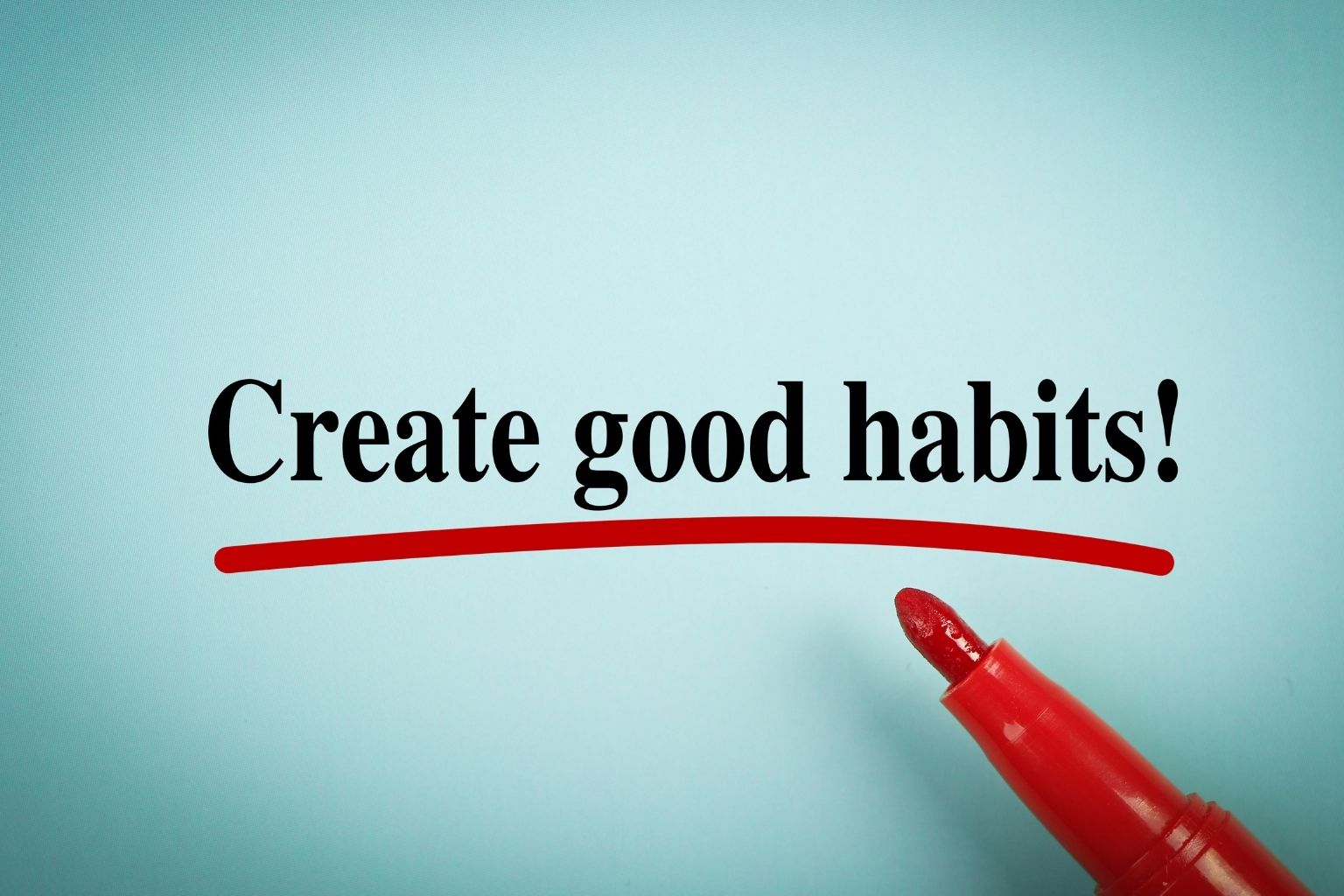



Share it!